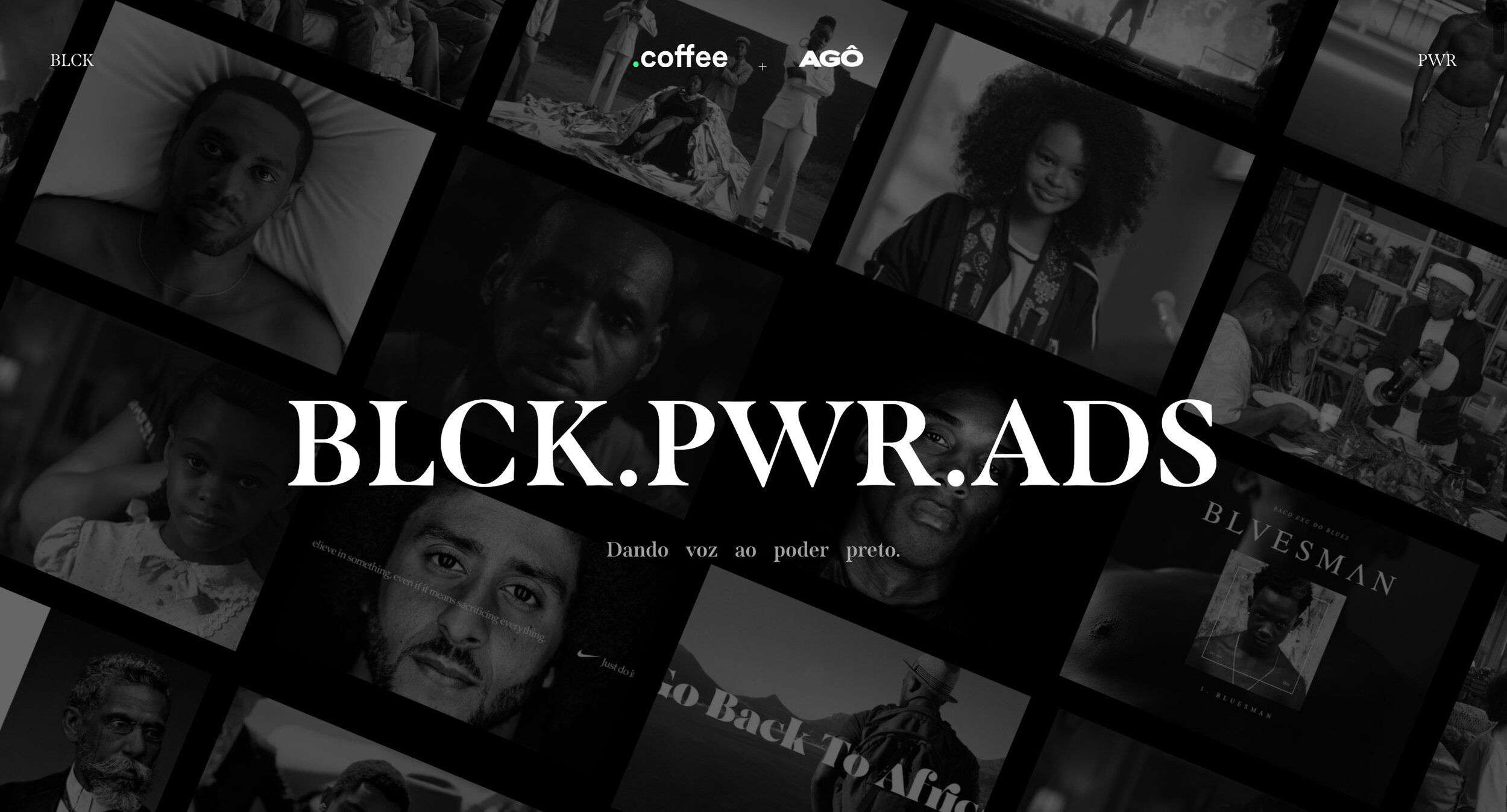7 Ways That Creatives Fought Against Racism in Advertising in 2020
André Chaves / Working Not Working Member
Diversity and inclusion (D&I) has consistently been a buzzword in the creative industry. Now more than ever, brands and agencies are working to develop initiatives and programs that will help them foster an inclusive environment, but the question is: are they really doing enough or just talking the talk?
In the wake of last year's tidal surge in the Black Lives Matter movement, there was a wave of companies taking public positions on the side of social justice and addressing the issue of racism, but the irony remains most have overwhelmingly white leadership in the C-suite. According to the analysis by the Center for Talent Innovation, a workplace think tank in New York City, Black people account for about 12% of the U.S. population but occupy only 3.2% of the senior leadership roles at large companies in the U.S. and just 0.8% of all Fortune 500 CEO positions.
The fact is that while most companies have struggled to change and make a difference, many professionals are getting tired of waiting for change. In response, they have created side projects to question and confront the status-quo on their own. Here are seven ways that some of them got the industry's attention.
1. Writing an open letter to U.S. agencies.
With outcry over the murders of George Floyd, Breonna Taylor, and countless other Black men and women, 600 Black advertising professionals came together to demand meaningful action from leadership in an open letter in June. Titled “A Call for Change” and led by Nathan Young and Bennett D. Bennett, the letter listed 12 actions agencies should take to work toward eradicating systemic racism at their organizations. Among the listed actions, it firstly asked US advertising agencies to make a specific, measurable, and public commitment to improve Black representation at all levels of agency staffing—especially senior and leadership positions.
2. Making invisible data visible on Instagram.
In July, art director Eleanor Rask and copywriter Trevor Joplin started a project titled True Colors. By recreating brand logos to showcase just how white some of the world's most popular brands’ leaders are, the creative duo took famous logos and reimagined them to show the percentage of white leadership and boards. The whiter the leadership, the whiter the logo. Some logos were barely even visible, like Adidas with a 100% white leadership team. In the past few months, they've already featured more than 40 whitewashed brands’ logos and reached over 10K followers on their account.
3. Creating a scholarship fund to remove financial barriers.
Heather Vanisko and Jesse Alkire are the founders of the Denver Ad School. In July, they teamed up with Denver agency Cactus to create an annual scholarship fund called Black Creativity Matters, in which a collective of Colorado agencies has committed to covering half the tuition for a Black student; Denver Ad School is matching these contributions with the goal of providing full-ride scholarships every year. Only in its first weeks, the program raised nearly $160,000, enough for 10 students. Today, Black Creativity Matters is an attempt to limit barriers to entry for Black talent into the industry and provide a pipeline of portfolio school-trained Black talent for Colorado agencies.
4. Spotlighting Black talent on portfolio websites.
Launched in August by a diverse group of creative, UX, and production professionals currently working at US agencies and brands, Link it Black was a call for people who work in advertising to use their portfolio websites, resumes, LinkedIn profiles, and social handles not just as a means for self-promotion, but to help draw attention to underrepresented talent. Through the website, the initiative embedded links to diverse directories, as well as a video that illustrated different ways for people to add resources on their personal website or profile. In a climate where everyone was talking about change, Link it Black aimed to provide a simple way to take action, making recruiters, clients, and industry peers see those who too often get overlooked.
5. Developing a search engine to find diverse creative talent.
Ron Lewis is Vice President and Creative Director at McCann Health. Walter T. Geer III is Executive Creative Director of Experience Design at VMLY&R New York. After months of compiling a list of diverse creative talent and combining that with their 35+ years of being the “only creative of color” in the room, they launched Diverse Creatives in July. It’s a free, searchable database that allows recruiters/hiring managers to quickly find diverse creative talent, including college seniors for paid internships and recent graduates for entry-level roles. More than 2,600 creatives have joined thus far.
6. Celebrating ads with a jury team made up of Black creatives.
In Brazil in November, Àile Pires and Luana Maso—with the help of several contributors—created a platform titled BLCK.PWR.ADS with the goal of celebrating ad campaigns that brought visibility on racial issues over the past few years. With a jury team composed of 29 Black professionals from the country and abroad, the platform selected 7 big ideas from a range of 80 projects in a judging process that took about two weeks. The launch film made in partnership with CANJA aimed to exalt black power in order to create a "movement" that calls for significant changes in the advertising industry, in search of more opportunities, better salaries, and more Black professionals within the agencies.
7. Listing Black professionals to beyond the ad world.
MOOC was born in Sao Paulo in 2015 as a collective, but today it works as a culture agency led by eight Black creatives. In November, they signed a special edition of Brazil's GQ Magazine, listing more than 100 Black professionals who have been struggling to transform the industry in the country through side projects and companies. With the title “Black Powers: Creating to Impact,” the edition explained over fifteen pages how they have built their businesses and, most importantly, created an ecosystem that impacts not only the advertising world but all creative industries. Currently, MOOC has over 20K followers on Instagram with a portfolio that includes brands such as Nike, Facebook, Budweiser, Afropunk, and Netflix.
These are only 7 of the ways that people have begun slowly implementing real change into an industry that needs it most. What will we do next?









